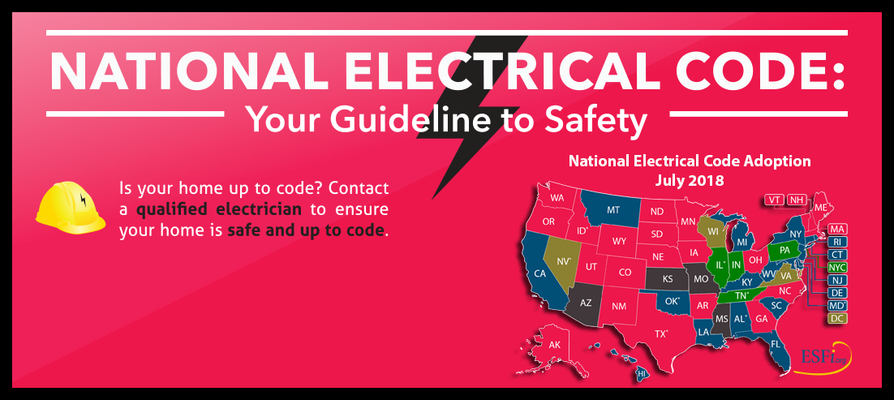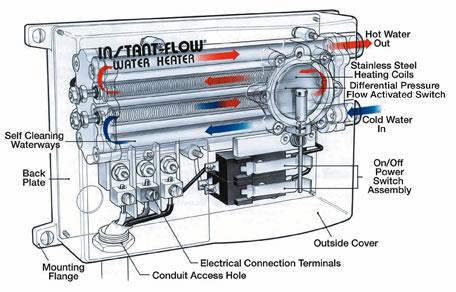Residential Remodeling Follows Shifting Trends But Here Are Reliable Standards
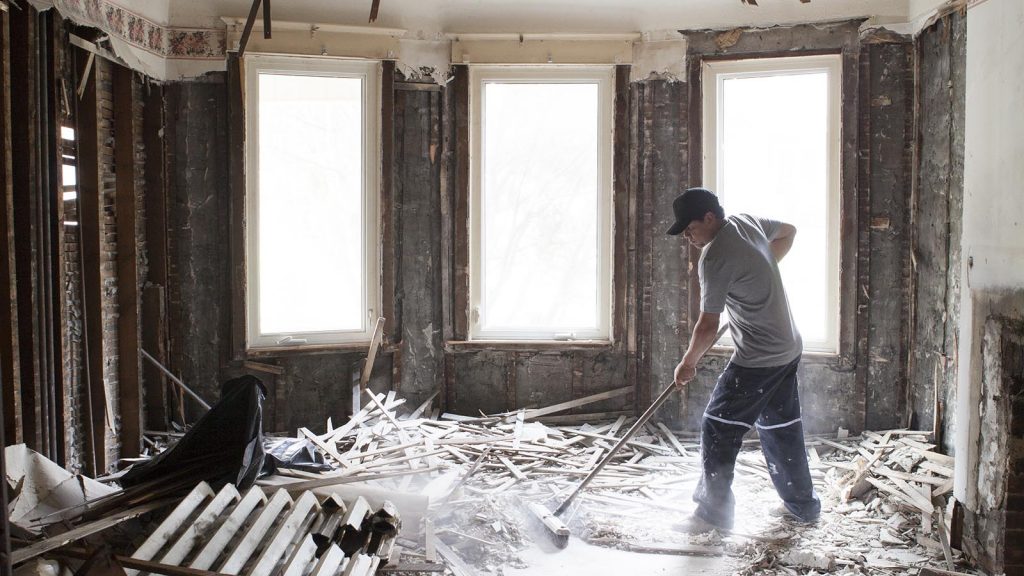
|
This article was updated on 01/24/22.
Ads we feature have been independently selected and reviewed. If you make a purchase using the links included, we may earn a commission, which helps support the site. Thank you for your support.
Remodeling, whether done for contemporary style, preparation for sale, or just general repairs continues as usual. The most popular home renovation trends vary from year to year depending on a number of factors. Renovation budgets are always high on the list. Going green not only lowers your bills but helps the environment. Other factors can influence decisions but let’s look at some home renovation trends that stand the test of time.
Note: There are some specific requirements for disabled homeowner remodeling. These came about as a result of the Americans with Disabilities Act of 1990.
- Floors, ceilings, and walls. Traditionally, these surfaces get a lot of attention and 2020 – 2022 is no exception. The Joint Center for Housing For Housing Studies says homeowners average $3,282 per year on these surfaces. Check out these 5 ways to refresh your walls on a budget.
- Prioritizing on saving money. This trend is not specifically tied to aesthetics. Rather, it is focused on frugality. Migrating to lower operating-cost lighting like LED bulbs, for one. Beefing up attic insulation and adding radiant barrier foil may not boost curb appeal, but oh, what a difference when the power bills come due each and every month. Our electric bill averages $130/month during the dog days of summer here in South Texas (high 90℉ during the dog days of summer.
- Slapping on another coat of paint. This is always one of the most popular weekend DIY projects. The cost of paint is reasonable and the outlay of cash for tools is minimal. You can even employ paint illusions to make a room look larger. Learn how to paint like a pro.
- Be a DIY weekend warrior. This is the best way to stretch your budget. Plus, who doesn’t love that sense of pride? DIY varies in the level of difficulty but with the help of sites like this one, I Can Fix Up My Home, you might be surprised at what you can accomplish. The Senior Director of Customer Insights at Lowe’s, Amy Anthony, says, “Seventy-four percent [of consumers] do research to get as much information as possible before making a purchase.”
- Preparing for climate change. Whether you are an ardent believer in global warming (now called climate change) or believe Al Gore is just out to make a buck preaching about it, there’s no doubt that the preparation steps saves money. So, apply weatherstrip, caulk, upgrade your windows; all home improvements are cumulative.
- Home sanitation and wellness is moving up. This is understandable and goes hand in hand with many other home improvements because the topic of off-gassing is more well-known that ever. Forbes.com puts it this way, “Wellness-focused changes can include paint, flooring or cabinetry with non-toxic materials, touchless faucets that reduce germ spread, circadian lighting that improves sleep, water and air purification systems, bidet style toilets for enhanced hygiene, and many others.” Many people are now using UV lights on surfaces to guard against the COVID-19 virus. And all its unruly spawn.
- Focus on lower budgets, bigger consequences. Smaller projects encompassing a big wow factor are becoming more popular and are expected to continue. For example, instead of gutting the bathroom and re-doing it, why not have your tub re-finished, update all faucets, put in a new recessed medicine cabinet, and re-paint?
- Smaller brand names are becoming more competitive by adding luxury features. Kitchen cabinets are a good example of this. After Hurricane Harvey, when our home flooded, one of the things we needed to replace were our cabinets and granite countertops. Home Depot gave us a lot of modular options with freebies like self-closing doors and stainless steel sinks thrown in.
- Home automation is going mainline. Once the purview of science fiction novels, it’s coming at us fast and furious now. I recently installed a Ring Doorbell. It not only responds when someone rings it, but also when someone just approaches it.
- More services are becoming negotiable. When emergency repairs are called for instead of long thought out projects, it would seem that the repair person has you over the barrel. Not always the case. Since our economy has shifted to being service-based (some hands-on crafts still can’t be outsourced to China), the competition for your business has become fiercer. Good news for the homeowner.
These 10 popular home renovation trends for 2020 are likely to continue as the COVID-19 lock-down continues. It’s just the new-new. Many employers are not only accepting work-from-home staff, but embracing it. It saves on the overhead. And I might say, as a writer I am used to working from home but it has been really nice having my wife working from home rather than in her downtown high-rise office.
More Trending Content
- 5 Ways to Refresh Your Walls on a Budget
- Beat the Heat this Summer and Cold this Winter with Radiant Barrier
- Paint Like a Pro with These 10 Tips
- Save Money with Door and Window Weatherstripping
- 4 Types of Sink Faucets
- Do UV Light Sanitizers Kill COVID-19?
- How to Clean, Seal, and Maintain Granite Countertops
- Remodeling a Home for Disabled Homeowners
References:
Looking for more great content? Visit our partner sites:
I offer article and blog-writing services. Interested? Hire Me!
Did you find this article helpful? Thanks for supporting this free site with a small donation! We stay in business from the generosity of our readers, not a paywall.
Visit Kelly’s profile on Pinterest.
About the Author:
 Kelly R. Smith is an Air Force veteran and was a commercial carpenter for 20 years before returning to night school at the University of Houston where he earned a Bachelor’s Degree in Computer Science. After working at NASA for a few years, he went on to develop software for the transportation, financial, and energy-trading industries. He has been writing, in one capacity or another, since he could hold a pencil. As a freelance writer now, he specializes in producing articles and blog content for a variety of clients. His personal blog is at Considered Opinions Blog where he muses on many different topics.
Kelly R. Smith is an Air Force veteran and was a commercial carpenter for 20 years before returning to night school at the University of Houston where he earned a Bachelor’s Degree in Computer Science. After working at NASA for a few years, he went on to develop software for the transportation, financial, and energy-trading industries. He has been writing, in one capacity or another, since he could hold a pencil. As a freelance writer now, he specializes in producing articles and blog content for a variety of clients. His personal blog is at Considered Opinions Blog where he muses on many different topics.





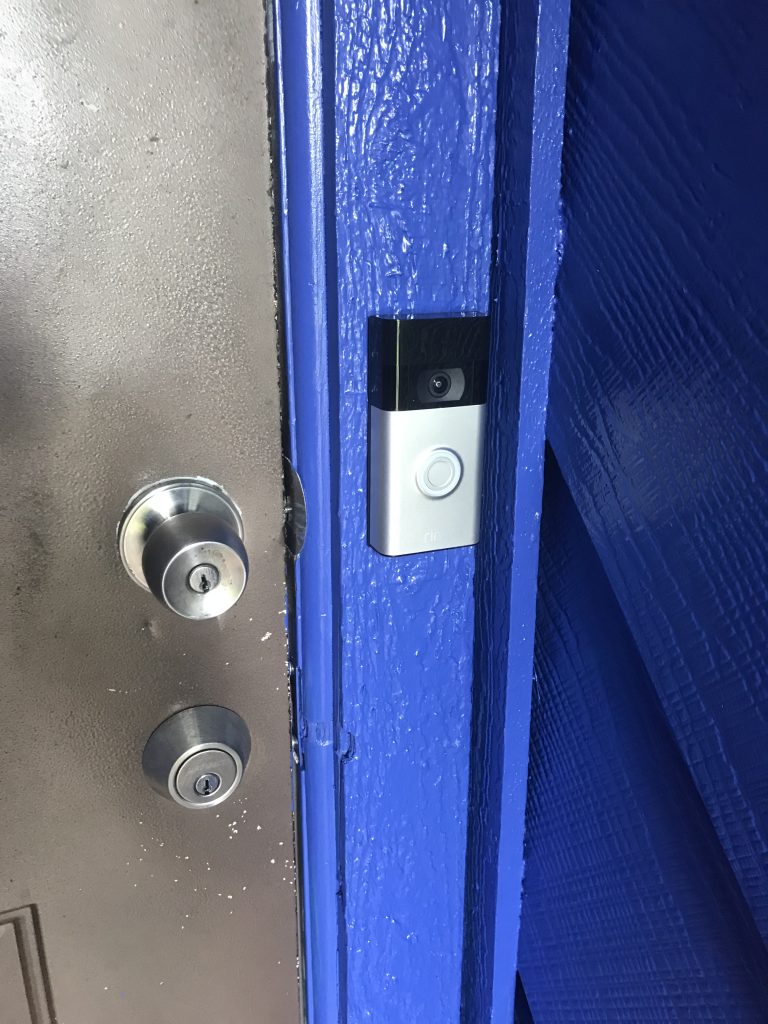

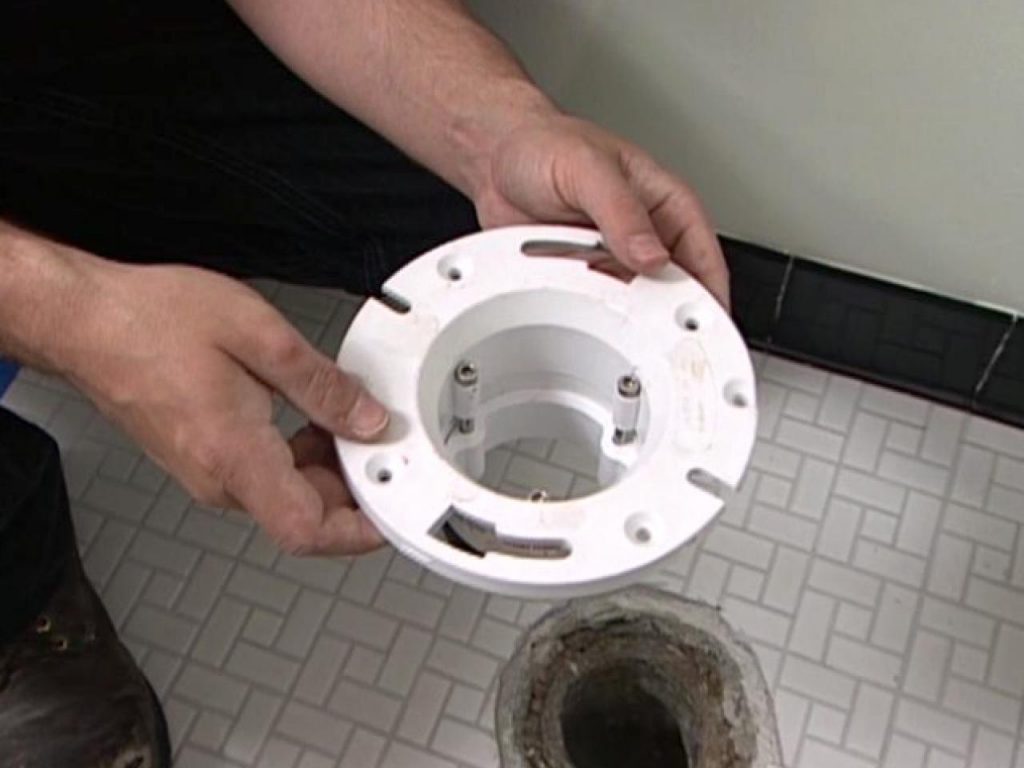
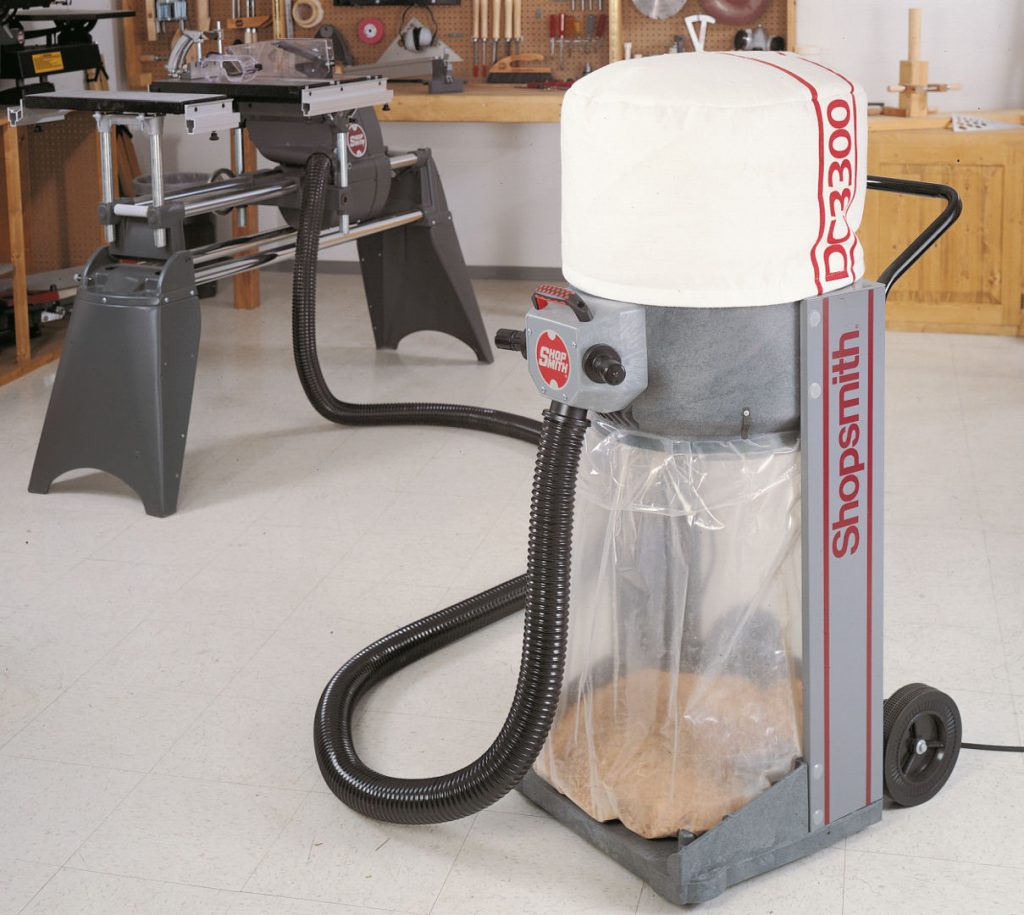
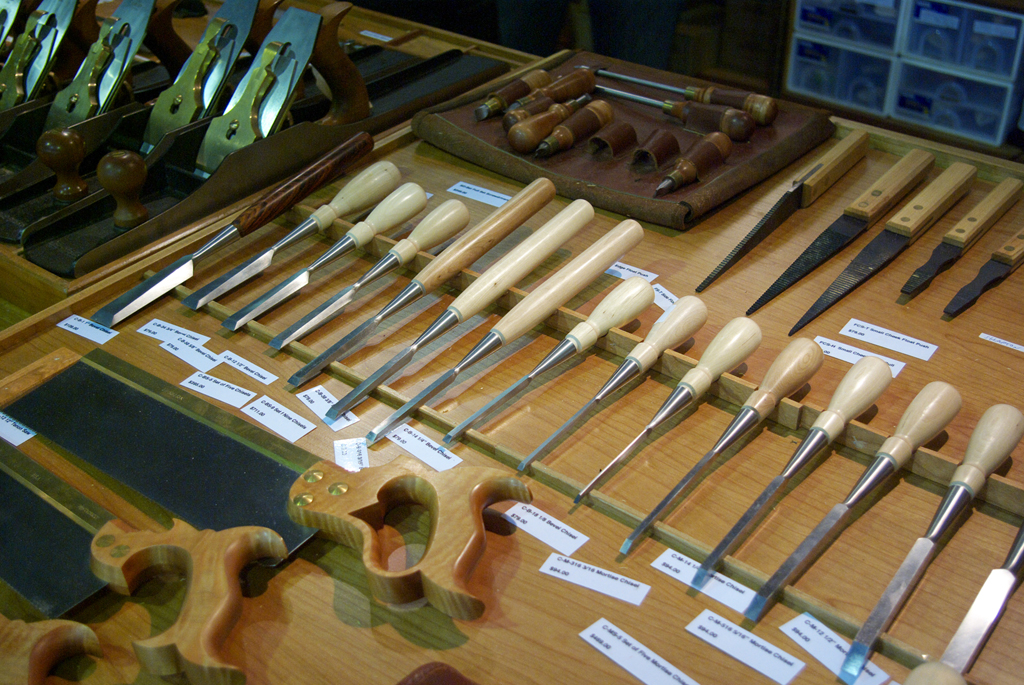
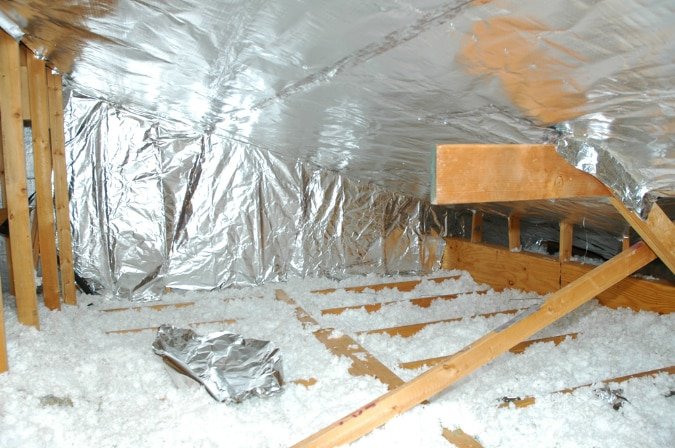
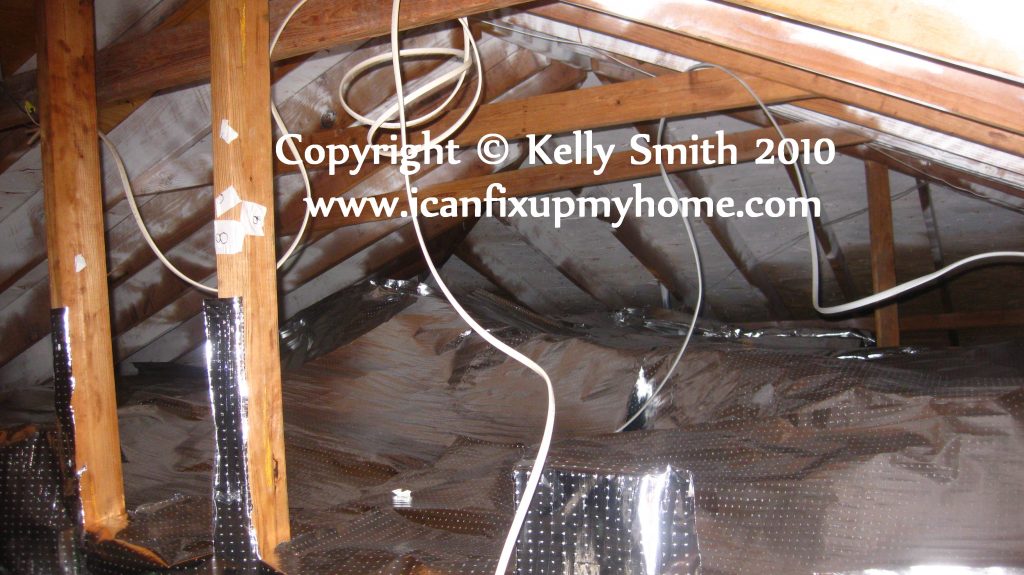

 Kelly R. Smith is an Air Force veteran and was a commercial carpenter for 20 years before returning to night school at the University of Houston where he earned a Bachelor’s Degree in Computer Science. After working at NASA for a few years, he went on to develop software for the transportation, financial, and energy-trading industries. He has been writing, in one capacity or another, since he could hold a pencil. As a freelance writer now, he specializes in producing articles and blog content for a variety of clients. His personal blog is at
Kelly R. Smith is an Air Force veteran and was a commercial carpenter for 20 years before returning to night school at the University of Houston where he earned a Bachelor’s Degree in Computer Science. After working at NASA for a few years, he went on to develop software for the transportation, financial, and energy-trading industries. He has been writing, in one capacity or another, since he could hold a pencil. As a freelance writer now, he specializes in producing articles and blog content for a variety of clients. His personal blog is at 